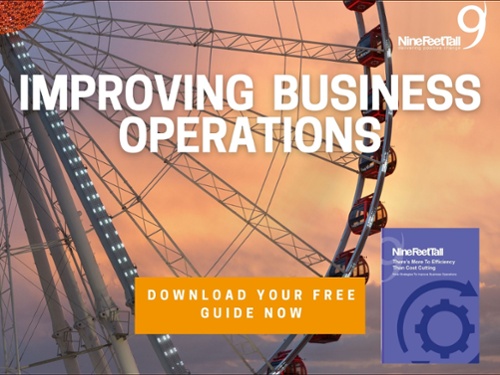We all know it is hard to replicate the creative element when working remotely. It is just not the same as a workshop or face-to-face meeting.
Creative thinking, innovation and creative solutioning are key to setting organisations apart. So what can we do to fuel creative thinking and innovation when working away from each other?
There are many well-known creative thinking techniques and this series shares some of our favourites which work remarkably well in remote environments. First up Disney’s Creative Strategy.
Disney’s Creative Strategy
Disney really knows how to turn imagination into reality and they have developed a technique consisting of three ‘rooms’. Too often ideas and creative thoughts are not explored and closed down immediately. It will never work. We have tried that before. Does that sound familiar?
This approach consists of three stages to close down barriers and open up thinking.
The first part is for dreaming and imagination, the second part is for realists and/or planning, the third part is for critics. All three stages equally important, to be followed sequentially and with equivalent time in each stage.
When we were allowed to meet, each stage was conducted in separate rooms with a different look, feel and purpose. This is something that can be easily replicated on Teams or Zoom – creating a different room for each session.
STAGE ONE: focused on the creative aspect and sharing ideas and solutions
STAGE TWO: focused on reality and how to turn the idea into an action plan
STAGE THREE: aims to identify the weakness in the idea and overcome it
STAGE ONE:
“Starts with an idea full of passion and enthusiasm”
In ordinary meetings, this dreaming style is halted by reality and does not have the space to go further on. Share the dream without restrictions or criticism. Build a pool of creative ideas and variants. Some of these ideas are viable and others are not. Determining the viable creative concepts comes later as a result of the second and third thinking styles.
- What do we want?
- What is the solution?
- How do we imagine the solution?
- How could we apply it differently?
- What are the benefits of applying this solution?
- How could we make it even better?
STAGE TWO:
“Now applying a more logical planning style”
The plans aims to turn the imaginary ideas into a manageable action plan. During this stage all the thoughts should be constructive and target turning the idea into a real plan:
- How can we apply this idea in reality?
- What is the action plan to apply the idea?
- What is the timeline to apply this idea?
- How to evaluate the idea / alternatives?
- What would you need to believe for the idea to become a reality?
STAGE THREE:
“Discover the barriers of applying the idea and how to overcome them”
Provide a constructive critique for the idea in order to find the weak points or potential blockers and solve them in the final solution.
- What could be wrong with the idea?
- What is missing?
- Why cannot we apply it?
- What are the weaknesses in the plan?
- What current norms would need to change / be challenged?
If you think these three rooms can help creativity to flow within your organisation, give it a try. If you would like more information contact EstherM@NineFeetTall.com



